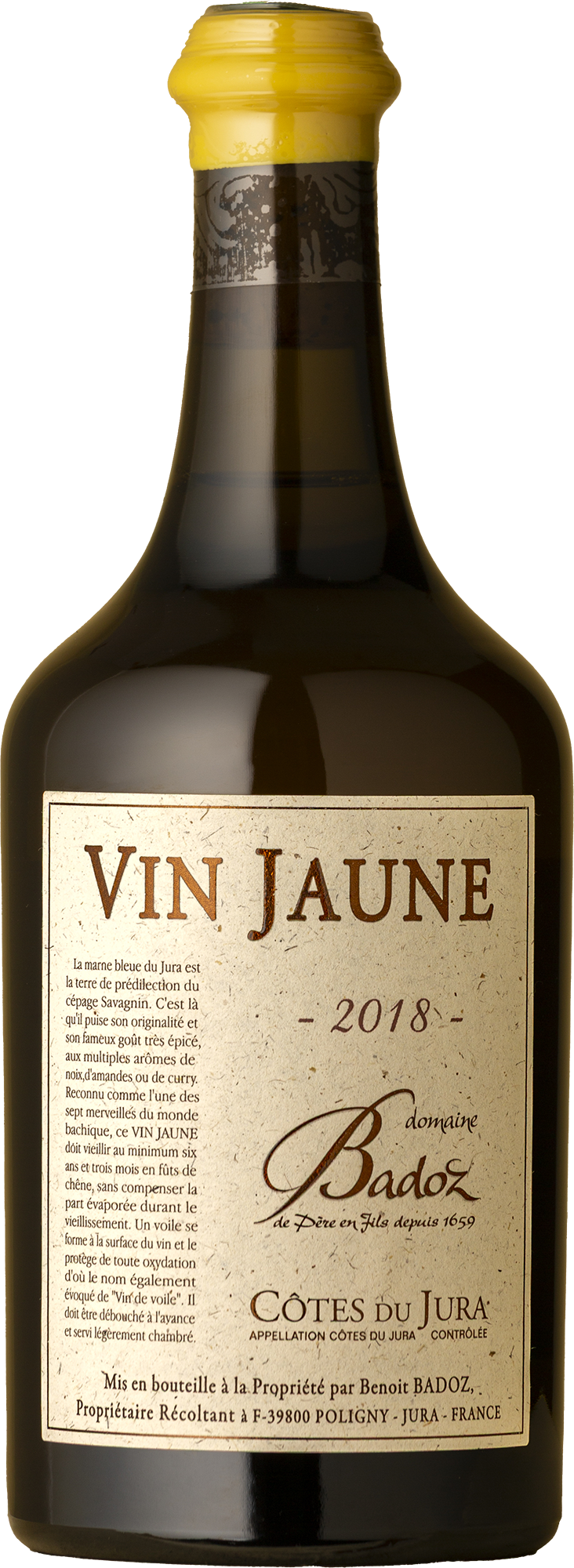Gentle Guide ➺ Terroir
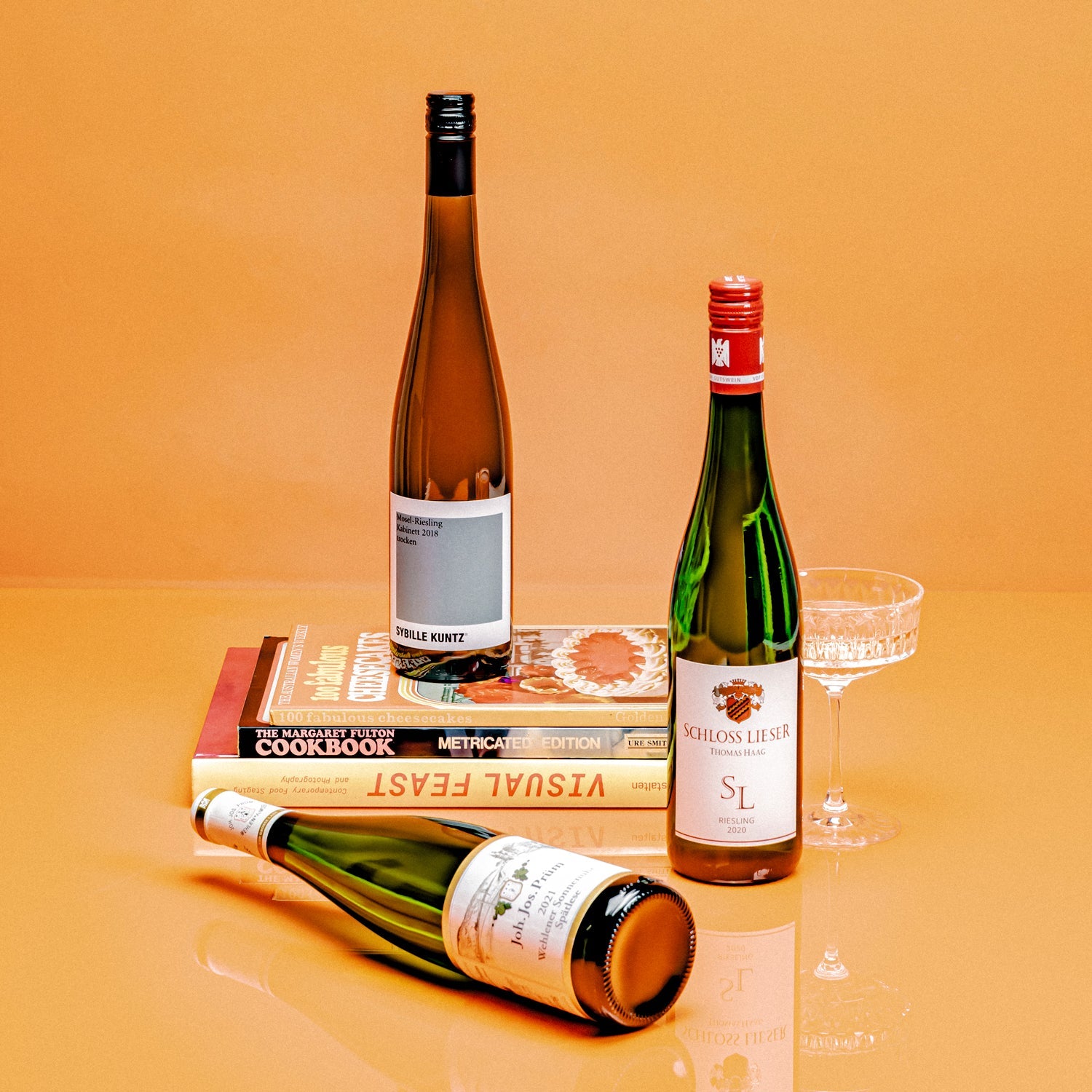
Terroir. It’s a fun word to say (teuh-wah), the kind that makes you sound super slick and like you probably own a beret. We throw it around from time to time, and if you’d like to do the same, allow us to furnish you with a few of the fundamentals.
Vines grow grapes, grapes make wine.
Different vines grow different grapes. Shiraz vines, Shiraz grapes, par exemple (usually, let’s not get into grafting here). As anyone who has drunk more than one Shiraz will know, they don’t all taste the same. Some of this we attribute to the winemaker; the choices they make in how they ferment, or on the blending bench, and many things besides. But take Shiraz grapes from two different parts of the world, and ferment them in precisely the same way. You’ll still get two very different wines. That right there, is the glory of terroir. Before a winemaker even touches a grape, it’s already bursting with unique character.
Remember high school science, photosynthesis? Lots of sunlight = lots of photosynthesis = lots of sugar in a grape. Remember high school science, fermentation? Lots of sugar = lots of fermentation = lots of alcohol in the end wine.
Take grapes grown on the shaded face of a hillside and you’ll get a different wine from the one you’d get if you harvested on the sunny side. That’s just one example of how the grape-growing environment dictates the taste of the end wine. Terroir encapsulates all the environmental factors specific to a region, or even a vineyard. Lots of limestone in the soil? The soil will have a higher pH, and an abundance of certain nutrients. The grapes there might grow better, be richer in certain compounds, be sweeter as a result. Naturally, this affects the end wine’s flavour profile, aroma and texture.
We’d struggle to list all the factors at play in terroir exhaustively; rainfall, soil drainage, nutrient availability, altitude, presence of competing plant species and pests, the soil’s microbiome and presence of indigenous yeasts, humidity – we’ve hardly scratched the surface.
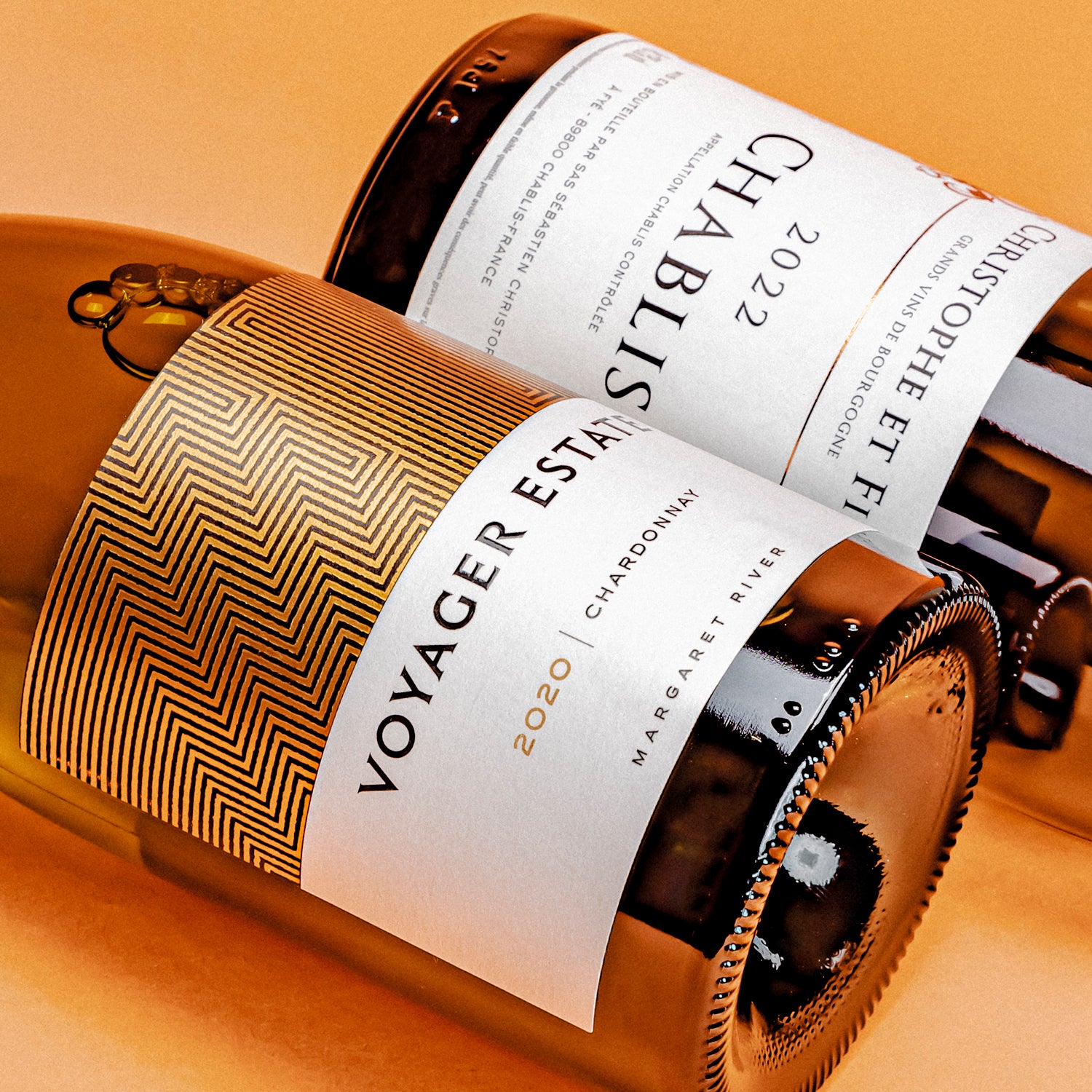
“Soil type, climate, topography and viticultural choices made in response to these factors, determine this character.”
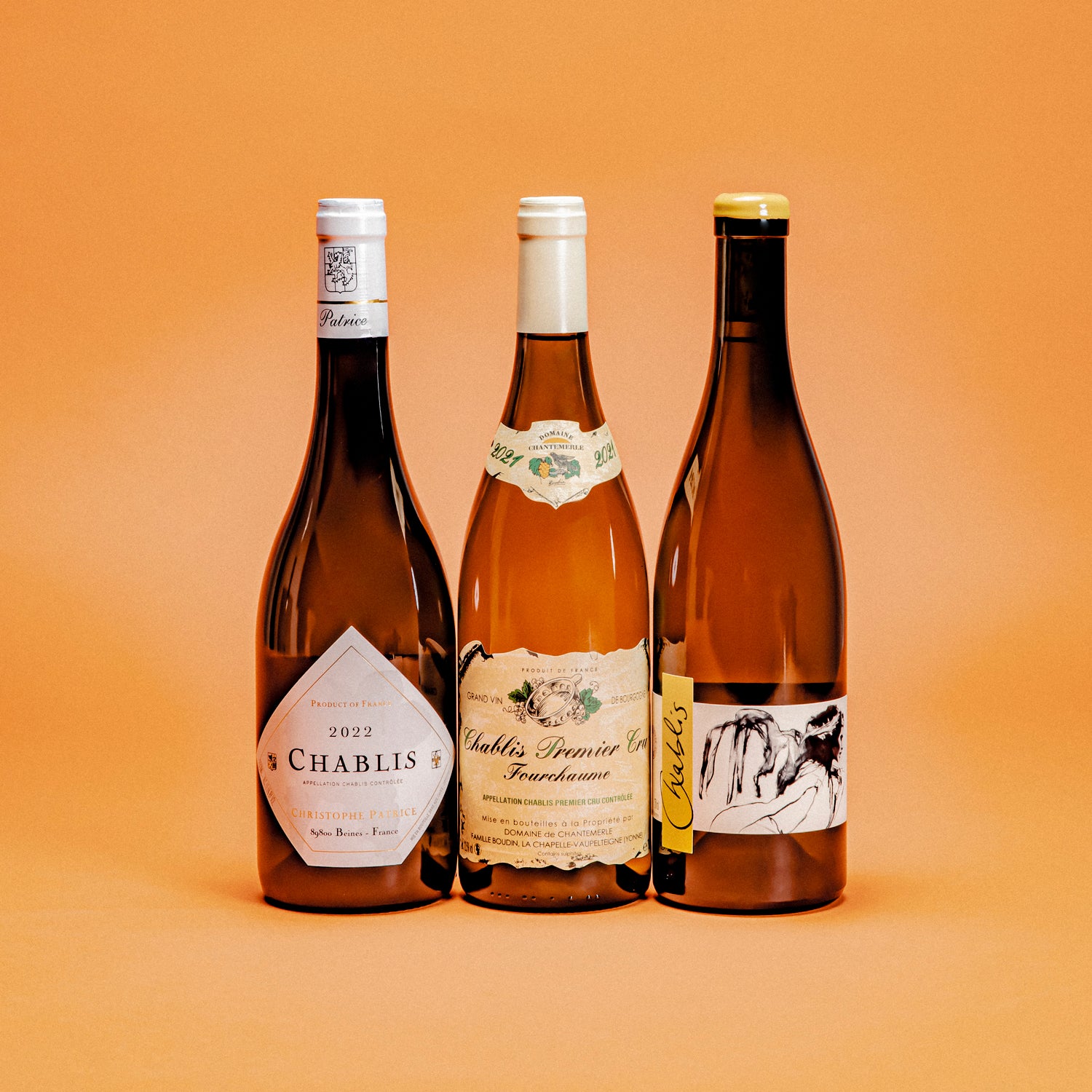
Many of the great wine regions you’ve likely heard of are known for their distinctive terroir. Chablis, for example, home to some of the world’s favourite Chardonnay vines. Chardy grown in Chablis has cool climate character – the wines are typically less fruity, more acidic, with minerally qualities you might call steely or flinty. Those limestone rich soils we mentioned earlier? Yep, big time.
Compare this terroir to one of Australia’s own, the renowned Chardy country that is Margaret River. WA summers can lean a little warmer than those in Chablis, and the winters also, with great rainfall. The soil is loamy and gravelly, offering a different mineral profile to that of Chablis. Counterintuitively, fewer nutrients in the soil can actually offer an advantage– if the vines grow with less vigour, this can mean less leafy canopy to block sunlight reaching the fruit itself.
The result? Chardonnays that are a little more bodied, with more ripe stonefruit character than you might see in a typical Chablis.
terroir: a deep dive
We’re being careful with our words here. There are exceptions to every rule, and there are micro-terroirs within terroirs, each with unique and tasty character. If you’re keen to dive deeper into the properties of place, single vineyard-based wines can offer you a pinprick precise sampling, while blended styles can bring together the best characteristics of a wider region. Winemakers will often highlight the terroir of a particular vineyard, which can be to acknowledge factors in a particular microclimate like wind exposure or shade, or particularities in the soil type that can be distinctive even within regions.
dirt is delicious
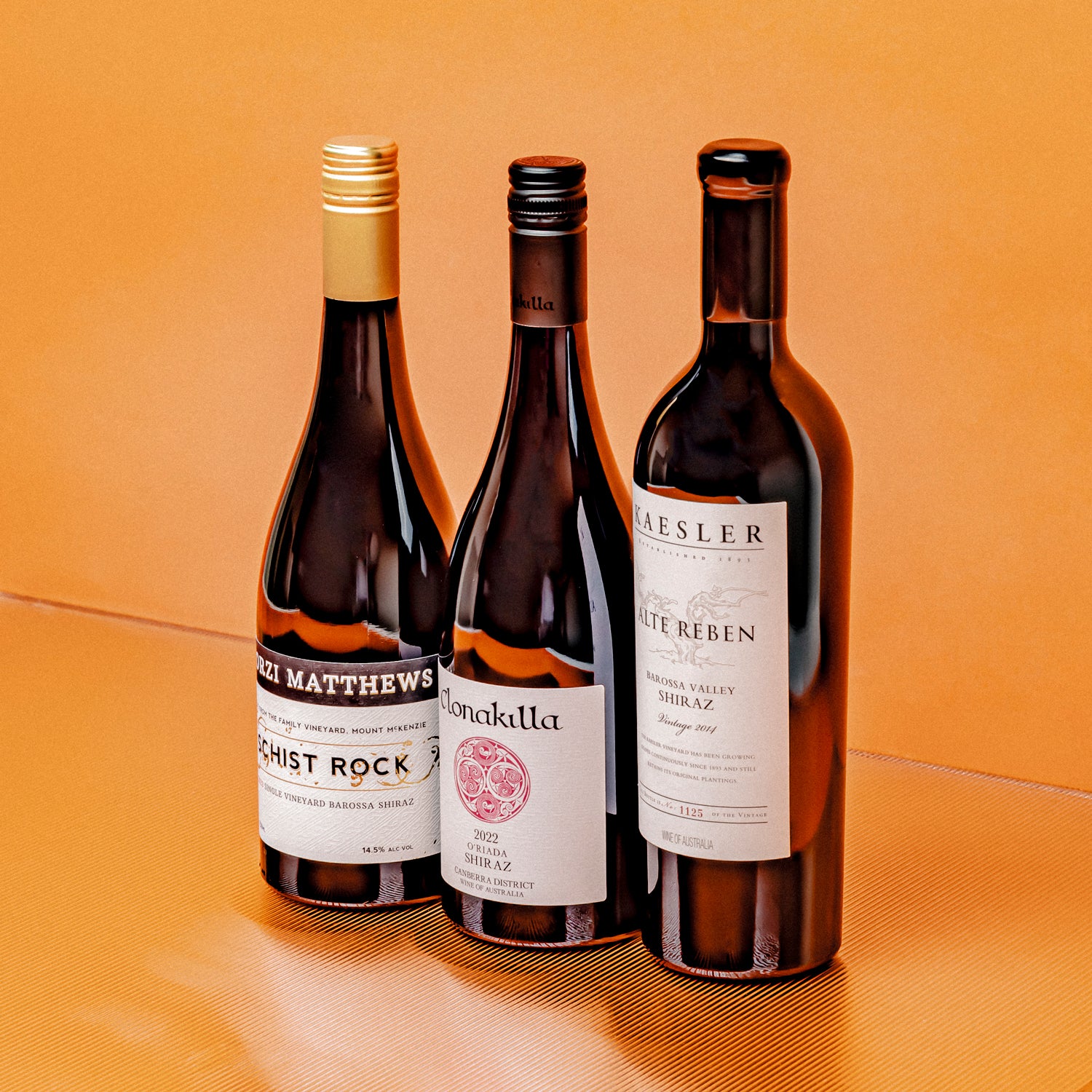
High-schist soils? Low-water retention, high heat retention, which is released slowly overnight and contributes to ripening of fruit. The result: high-quality, high-sugar grapes on which complex, powerful wines can be built.
Clay soils tend to be rich in elements like phosphorous and potassium, feeding the fruit and encouraging bud formation on the vine – a great foundation for lofi or minimal intervention style wines. They hold water and stay cool. Some of the world’s most famous wine regions, including Rioja, Burgundy, Chianti, the Napa Valley and our own Barossa Valley, boast clay or clay composite soil. They give bold, powerful character to both whites and reds. Think of those muscular Sangiovese, Shiraz and Tempranillo wines you know and love. Clay can build tannin, depth and length like little else.
Soils high in slate, sand or gravel, tend to be well draining – varieties that can withstand working a little harder for their water will thrive, and can take on wonderful concentrated mineral character – Rieslings of the Clare Valley or Germany’s Mosel region as premiere examples.
To dive into the exhaustive list of soil combos would take more words than we’ve got. To summarise, dirt is delicious. With many winemakers proudly detailing soil types on their labels, it’s well worth giving each a closer look – you’ll be surprised at some of the connective tissue you’ll find between regions and flavour.
The world of terroir is immense, but thankfully, one needn’t know it all to glean some great insights about what you’re drinking.
through the eye of the volcano
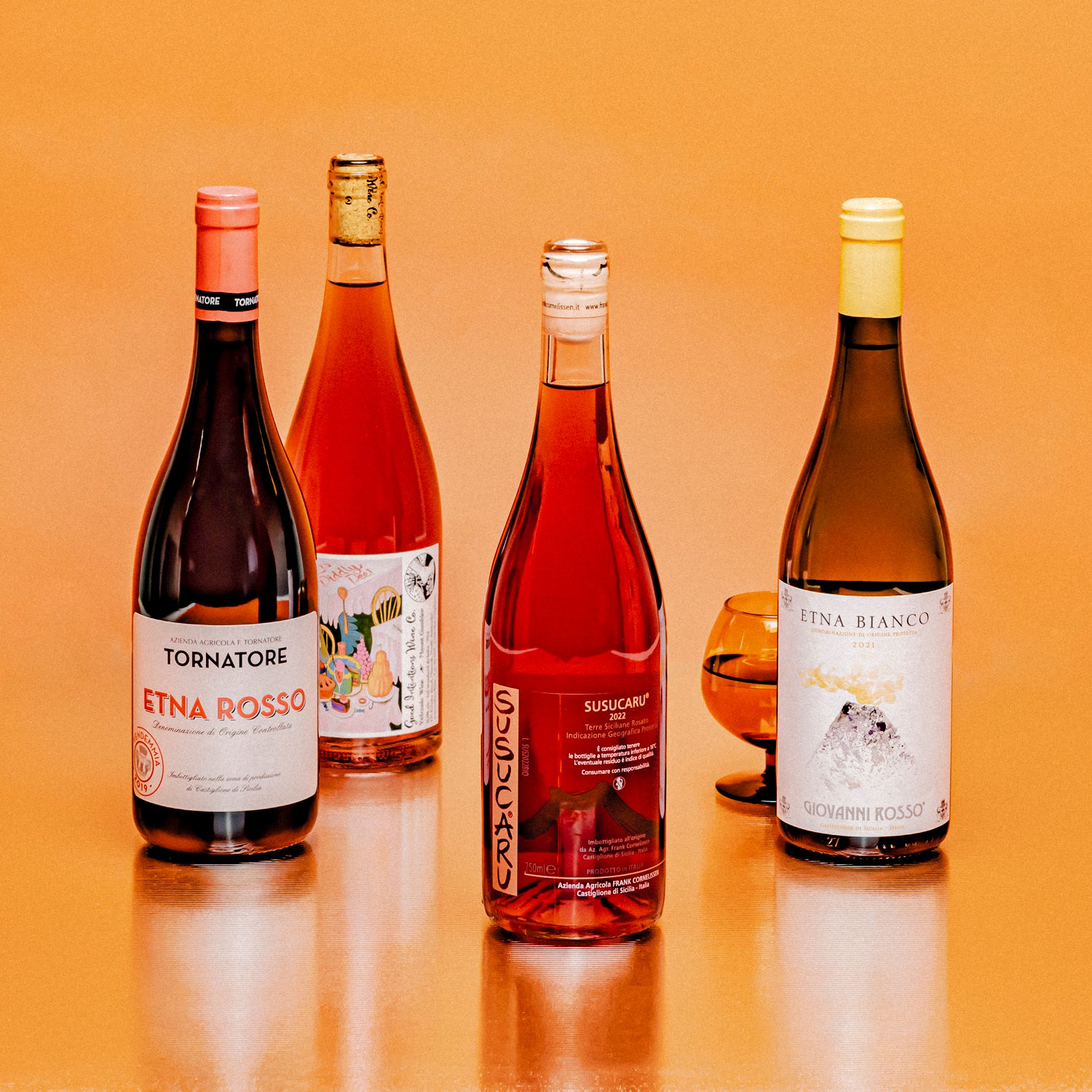
Volcanic soils are famously fertile, enriched with elements like magnesium, potassium and more from ash deposit, an excellent base for building aromatic compounds.
Sicily’s ever-active Mount Etna is a stellar example, home to robust grapes like thin skinned, aromatic hero Nerello Mascalese, which delivers wine with a distinct earthiness and stony minerality.
South Australia’s Mount Gambier falls in a similar vein, producing perfumed Pinot Noir, and some very interesting riffs on classic grapes like Riesling, Chardonnay and Sauvignon Blanc, especially when approached with low intervention winemaking.
The world of terroir is immense
To dive into the exhaustive list of soil combos would take more words than we’ve got. To summarise, dirt is delicious. With many winemakers proudly detailing soil types on their labels, it’s well worth giving each a closer look – you’ll be surprised at some of the connective tissue you’ll find between regions and flavour.
The world of terroir is immense, but thankfully, one needn’t know it all to glean some great insights about what you’re drinking.
And of course, we’ve got a few picks to get you started.

















